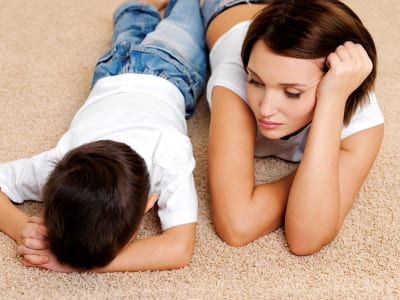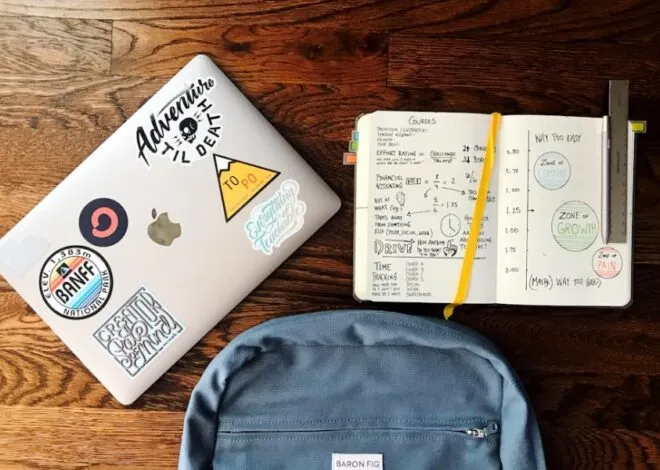How you choose or not choose to discipline your child is perhaps one of the great divides between parents. Everyone seems to have an opinion on the “right” way to discipline. It’s no wonder that many parents can be confused. Children need discipline; the disagreements sometime stem from a misunderstanding of what discipline is.
Meaning of Discipline
Discipline does not mean just punishment. It comes from the word “disciple,” and is more along the lines of teaching your child how to live in society, according to a University of Maryland Cooperative Extension Service publication. The long-term goal of disciplining your child is to teach her self-discipline and to take responsibility for her behavior, rather than relying on authority figures to tell her what to do. The short-term goal is to control bad behavior and teach good behavior.
Disciplining Babies and Toddlers
Babies and toddlers need you to protect them from harming themselves. The best way to do that is to keep tempting but harmful objects out of reach. If your child does try to reach for a dangerous object, calmly say, “No,” and remove your child from the situation, or distract him with an appropriate object. You can start introducing timeouts to toddlers who are biting, hitting or throwing food, suggests information on the KidsHealth website. At this age, children learn by watching you, so make sure that you are modeling good behavior.
Disciplining Older Children
In general, younger children need more control and older children can understand reason and consequences. You want to teach older children to make the right decisions. For example, your 12-year-old wants you to take her to the mall on Saturday. You say you will, but since you were planning to vacuum the house on Saturday, your daughter needs to vacuum the house by Friday night; otherwise, you won’t take her. Friday night comes and goes, and she never vacuumed. Do not take her to the mall, no matter how much she protests. Teaching your child about give-and-take is more important than the new pair of jeans she needed for Saturday night.
Discipline Techniques
You have an array of discipline techniques from which to choose, depending on you, your child and the situation, according to a University of Maryland Cooperative Extension Service publication. Letting your child make decisions and choices is one technique. This can teach responsibility. Explain your rules to your child, letting him know why he can or cannot do something. Let your child make mistakes sometimes. This can be a good learning experience. The first time your six-year-old has to go to school in his pajamas, for example, will probably be the last time he takes too long getting dressed in the morning.
Punishment is One Part
Discipline does involve punishment, but punishment is not the only way to discipline. If you tell your child she is not allowed to ride her bike in the street, for example, and she rides it in the street anyway, punish her by taking the bike away for a week. Punishment is a part of discipline, but if it is the only part, or if you use punishment too often, it can lose its effectiveness and will not necessarily teach your child responsibility.





